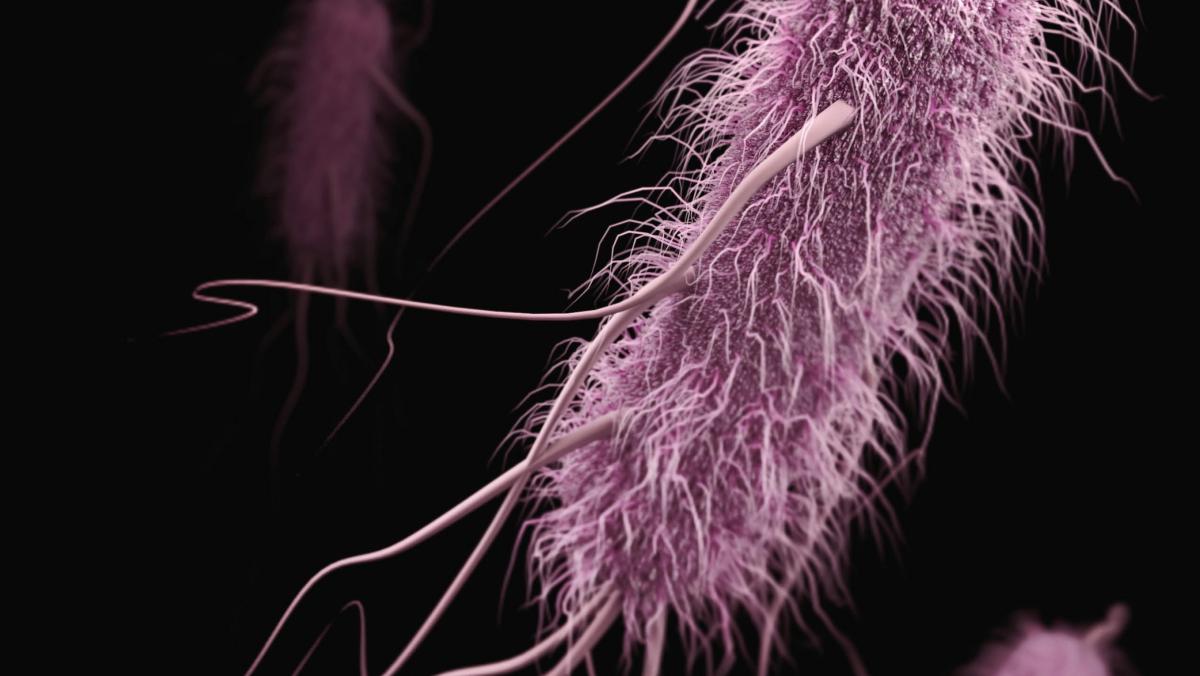
- The study detected colistin-resistant bacteria in babies under a week old in Nigeria.
- Colistin is a last-resort drug, deemed critically important for human medicine by the World Health Organisation
- The study was the largest screening of intestinal microbiota for colistin resistance in Nigeria, analysing almost 5,000 samples.
- Samples were collected between 2015-2017 – at a time when colistin usage in hospital settings was limited
Researchers from the Ineos Oxford Institute for antimicrobial research (IOI) and Cardiff University have found evidence that colistin-resistant bacteria was present in mothers and newborn babies under a week old in three hospitals in Nigeria in 2016, despite limited clinical use of colistin at that time in the country.
Colistin is a broad-spectrum, ‘last-resort’ antibiotic used to treat multidrug-resistant infections in humans. Despite its critical importance in human health, it has been widely used in agriculture as an animal growth promoter.
In 2016 mobile colistin resistance (mcr) genes, which confer bacterial resistance to colistin, were discovered in E.coli from a pig being raised for meat on a farm in China. This led to a ban on colistin’s agricultural usage in China and subsequently in several countries across Europe.
Data from AMR surveillance suggests that high levels of colistin use continues in South-East Asia and in some African countries. Research from the IOI recently found that multiple high-income countries still export colistin to low- and middle-income countries such as Pakistan, Nigeria and Bangladesh for use in agriculture.
In this new study, published in Nature Communications, researchers screened maternal and neonatal intestinal microbiota for the presence of mcr genes.
Researchers found a high diversity of mcr genes present in the samples, as well as in the species of Enterobacter carrying mcr genes. Enterobacter are Gram-negative bacteria, which have an outer membrane that act as a barrier to antibiotics, making them highly resistant to many commonly used antibiotics.
This study shows that there were four separate mcr resistance genes for colistin, a last-resort antibiotic, present in African patients only two years after mcr-1 was identified on a pig farm in China. We need stringent regulations in prescribing colistin to patients and a global ban on its agricultural use to preserve this crucial antibiotic for when it is urgently needed.

The identification of diverse mcr genes in newborn babies and mothers is concerning as it suggests the use of colistin in agriculture as opposed to in clinical settings may have maintained colistin resistance in the local community.
Samples were collected from mothers and their babies eight years ago, when usage of colistin to treat human infections was not common. Fast forward to 2024, colistin is increasingly used in medical and agricultural settings across Africa due to rising rates of multidrug resistant infections that lack alternative options. This more regular use of colistin will likely rapidly select for resistant bacterial isolates and increase colistin resistance in Nigeria and further afield.

The study was the largest screening of intestinal microbiota for colistin resistance in Nigeria, analysing almost 5,000 samples.
Targeted surveillance of colistin resistance is vital to understand how people are acquiring colistin-resistance bacteria. This is particularly important in vulnerable groups like newborn babies – in 2018, 1 in 5 deaths from AMR were children under 5 years old, often from previously treatable infections.
The detection of colistin resistance genes in newborn babies in a hospital setting, where colistin use is very rare, suggests antibiotic resistant bacteria is being passed mother to baby. The results from this study are concerning and underscore the need to understand the true route and mechanism of acquisition of such resistance genes in such unexposed population.
We need more data from Africa to understand the levels of AMR and possibly to identify the sources of resistant bacteria to prevent bacterial transmission both in the community and the clinical setting.

Read the full open access paper here: https://www.nature.com/articles/s41467-024-45673-6
